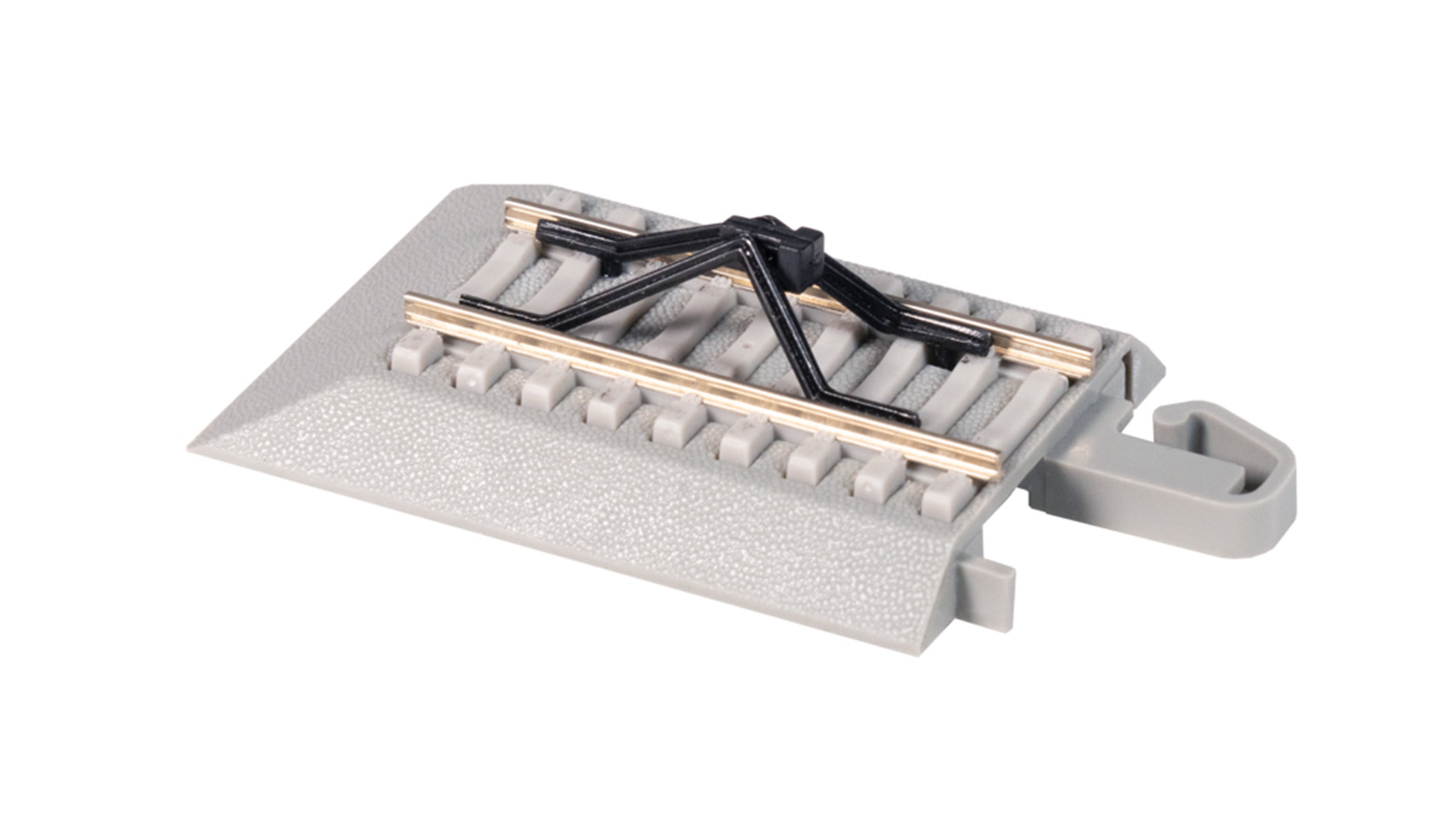This brings up a question. The Bachmann (Model 36508) EZ Command Dynamis Wireless DCC System can handle multiple addresses? That is, be programmed with long addresses? Also the Dynamis also can program/control the multiple CV's like other manufacturers.
Inquiring minds would like to know are there any Dynamis users out there?
Inquiring minds would like to know are there any Dynamis users out there?



